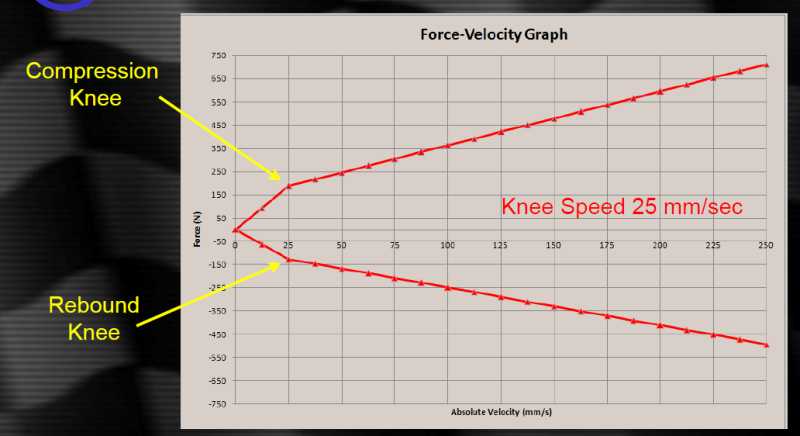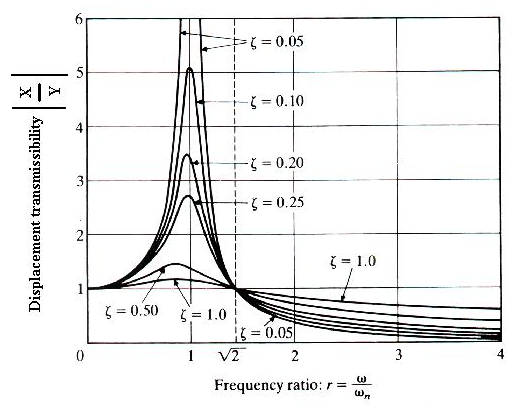Unless I'm running over 2X4s or whacking sharp edged pot holes am I invoking/provoking high speed compression damping?
Is high speed rebound involved anytime the suspension is allowed to rebound freely?
I've never driven a modern Mini, but just yesterday I stumbled on some comments allegedly by Alex Moulton hisself about his take on the BMW Mini and its ride qualities. It appears near the bottom of the page here -
"Alex Moulton has some forthright views to share on the BMW Mini: “It’s enormous. The (original] Mini was the best-packaged car of all time this is an example of how not to do it. The interior space is not much bigger than the old Mini, but it’s huge on the outside and weighs the same as the Austin Maxi! The crash protection has been taken too far. I mean, what do you want... an armoured car? Princess Diana was killed in a two-tonne Mercedes: you can have a fatal accident in anything if you drive fast enough.
With the original Mini, we set out to prevent any accidents by having excellent handling, not by cushioning people from the consequences of their own folly The old Mini was the absolute apogee of this philosophy of built-in safety via the handling —people avoided accidents by driving around them. The suspension of the [BMW] Mini Cooper is set far too stiff, giving a most uncomfortable ride. To he honest, it’s an irrelevance in so far that it has no part in the Mini story.
We were also able to get a second opinion on the BMW Mini’s handling from Doug Milliken, an American suspension engineer who happened to be visiting. After his first drive in the BMW Cooper he confirmed Alex Moulton’s opinion that the suspension was too hard for comfort and that it was overdamped. His conclusion was basically that he would not want to drive it on anything other than dead-smooth tarmac."




